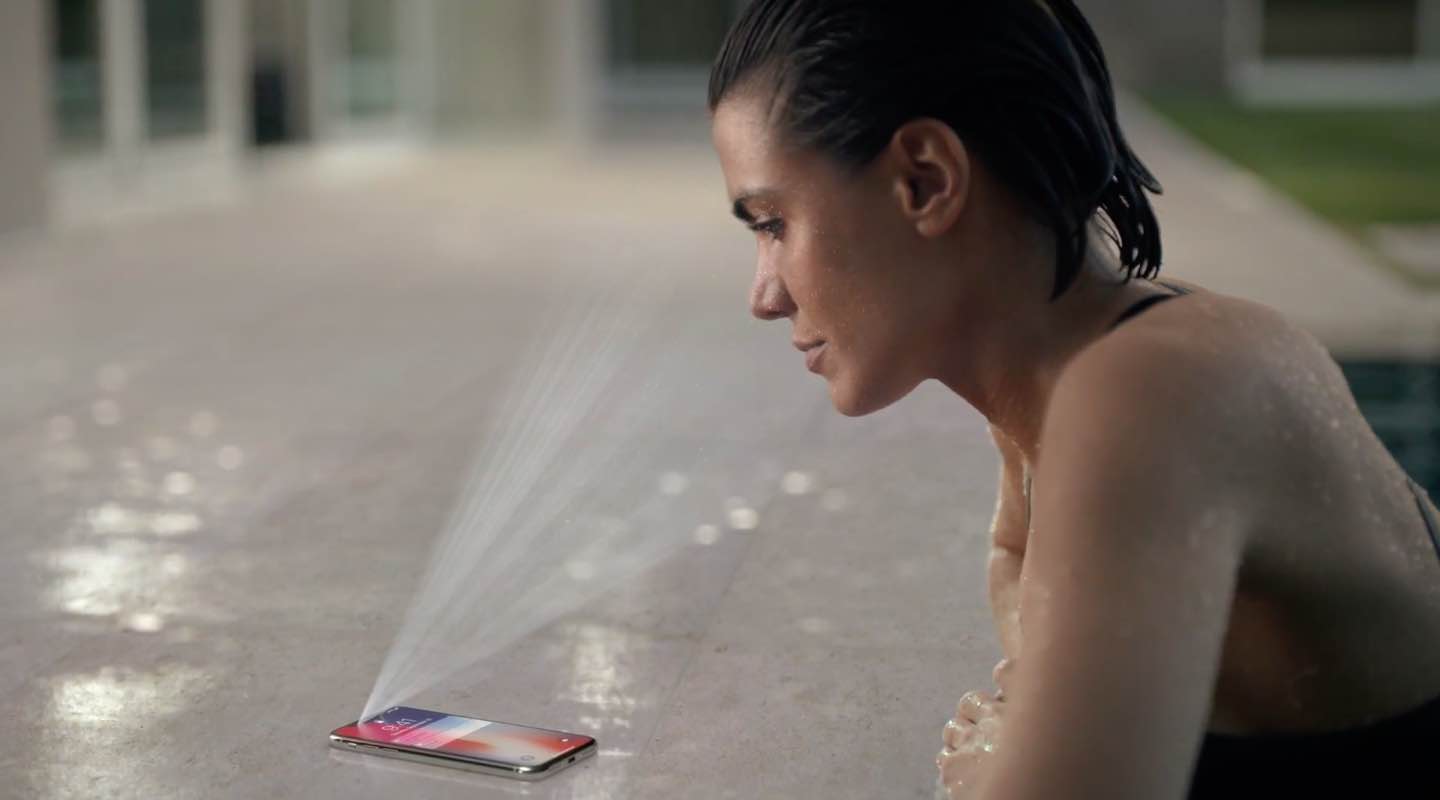2023’s iPhone 15 Pro models are said to adopt under-screen Face ID with a little help from Apple’s rival Samsung, which has developed under-panel camera technology.

- The notch could go away in 2023! A new supply-chain report alleges Apple could use Samsung’s technology that would help it relocate Face ID components which are currently housed within the cutout at the top of the display.
- Samsung’s solution could enable Apple to put Face ID behind the display of Pro-branded iPhone 15 models expected to launch next year. Samsung already uses an under-panel camera in the Fold Z, with an improved version of the technology debuting in next year’s Fold before hitting Apple’s smartphone.
- In the meantime, this year’s upcoming iPhone 14 Pro and iPhone 14 Pro Max models are said to adopt smaller, reengineered Face ID parts in the TrueDepth camera system to allow for a smaller notch. Rumors agree that these phones will rock a hole-punch display featuring a small circular cutout for the FaceTime camera along with a pill-shaped cutout housing Face ID parts.
iPhone 15 Pro may adopt under-screen Face ID
The rumor is credited to the Korean website The Elec, which heard from sources that 2023’s iPhone 15 Pro and iPhone 15 Pro Max could inch closer to Apple’s dream of designing a true fullscreen iPhone. Apparently, the iPhone 15 Pro models would ship with a small hole in the display for the Face Time camera. The solution would leverage Samsung’s under-panel camera technology, letting Apple hide Face ID parts behind the display. Read: How to configure Face ID for mask-wearing
It would work similarly to the Galaxy Fold Z, Samsung’s foldable phone that hides the front camera behind its screen. But is this technology mature enough for an Apple product? Hard to say… In Samsung’s case, for example, the Fold Z’s display uses less densely packed pixels around the camera to let more light hit the imaging sensor. Read: How to set up an alternate appearance for Face ID
Apple could adopt a more advanced form of Samsung’s technology. According to the report, the Galaxy maker is co-developing next-generation under-panel technology with Canada’s OTI Luminous. It will reportedly debut in the upcoming Galaxy Z Fold 5 in 2023 before leaping onto the iPhone 15 Pro and iPhone 15 Pro Max.
For what it’s worth, reliable analysts Ming-Chi Kuo and Ross Young both predicted that under-display Face ID would be coming to the iPhone in 2023. But Ross has now revised his predcition, saying under-display Face ID would debut in 2024.
We reconfirmed again that there is not expected to be under panel IR for iPhones until 2024, iPhone 16. Gotta start the development and start submitting samples now though.
— Ross Young (@DSCCRoss) March 23, 2022
How reliable could under-screen Face ID be?
While we saw under-screen front cameras on phones before, the current state of this technology leaves a lot to be desired in terms of resolution and image quality. Apple’s case is different. No Android makers have anything resembling Face ID, where infrared light is used to create a depth map of one’s face. Instead, face unlocking on Android phones works in two dimensions by comparing the front camera image against the stored image of a user’s face to see if there’s a match.
There seems no reason to be optimistic about the 2022 mobile phone market. Cutting orders from the highest-end (Apple) and lowest-end (Transsion) brands imply the mobile phone industry is facing structural challenges.
— 郭明錤 (Ming-Chi Kuo) (@mingchikuo) March 14, 2022
It’s inaccurate and not very reliable, which is why you cannot authorize payments on Android with just a scan of your face. Face ID is more reliable and accurate than Touch ID, but it requires bulky components—hence, the notch was born.
If Apple succeeds in putting an infrared transmitter and receiver behind the display, it will be a major feat of engineering though it’s interesting that Apple’s innovation in that regard seem to depend on its rival Samsung.